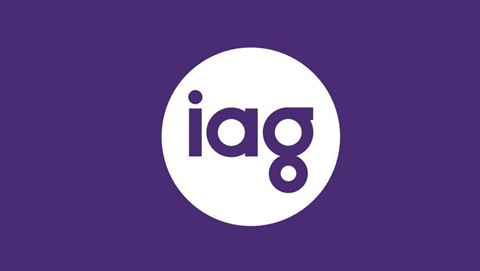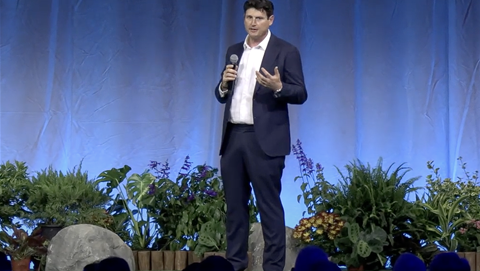Chief marketing officers and heads of marketing once put all their energy into product and services but now that has switched to focus on customer value.
Tasman Page, marketing director at Employment Hero spoke to Digital Nation Australia on how customer success has become important to a marketer’s strategy.
Page said, “Back in the day, my marketing team and myself would have probably spent 80 percent of our time talking about our product and our services and 20 percent of our time doing value add for the customer or prospects.
“The reality is with Employment Hero, we're spending 80 percent of our time creating value for the customer. Creating content that is going to be useful for them or whatever might be adding value, and we probably only spend about 20 percent of the time selling a product.”
Page explained there is an expectation from customers that an organisation should move toward providing value and less hard selling.
“In some cases, you might have a product where the key value driver is price. But in our case, and in many cases, it's not, that's becoming more prominent,” he said.
Page said CMOs need to have a full grasp of their customers drivers to make better informed decisions.
“A lot of the importance of being able to understand the customer in a level of detail that isn't just tracking their behaviour, but it also is understanding their drivers.
“We have an insights function within our marketing team, where we're constantly doing research with decision makers in small and medium sized businesses,” he said.
From that research, Page said if the company focused on the consumer behaviour based upon Google Trends and Google Analytics, they wouldn't have the level of data required to be able to understand the motivators for audiences.
“As we move to CX, that detailed understanding of the customer is super important. My view is the understanding of the customer should definitely sit within the marketing team. If you have it as a separate function, which is gathering intelligence on the customer, it's just going to arm's length from the people that are writing those communications.
“We find that having an insights person in the meetings helping to drive the agenda, it isn't a case of, ‘go away and try and find that out’. We have the person who is speaking day in day out with customers not selling to them, but finding out their drivers and that level of detail.
“We find that important as a team so we can move at pace, whilst really considering the specs for the customer,” he added.


.png&h=140&w=231&c=1&s=0)






.png&w=100&c=1&s=0)

 Digital Leadership Day Federal
Digital Leadership Day Federal
 Government Cyber Security Showcase Federal
Government Cyber Security Showcase Federal
 Government Innovation Showcase Federal
Government Innovation Showcase Federal
 Digital NSW 2025 Showcase
Digital NSW 2025 Showcase












_(1).jpg&h=140&w=231&c=1&s=0)



